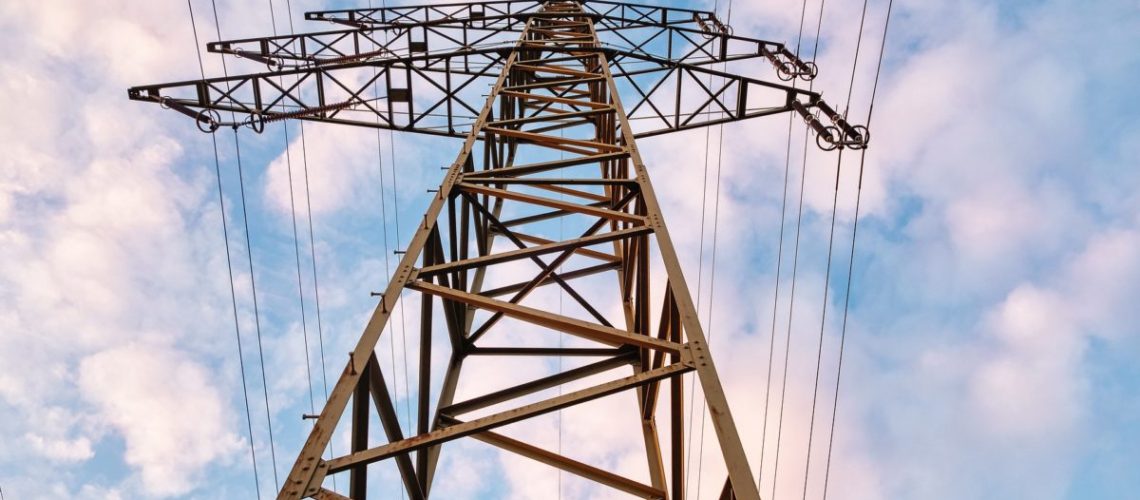A GridStor VP challenged recent interconnection proposals by three grid operators, and the slow pace of federal regulators, while suggesting a $1 billion gift to grid operators to hire staff, and a digital twin of the nation’s grid to speed interconnection studies.
Interconnection is an “urgent problem that threatens to become fatal for more and more companies each passing year,” said Jason Burwen, vice president of policy and strategy for GridStor, in a LinkedIn post. GridStor develops and operates large-scale battery storage projects.
And interconnection backlogs for utility-scale renewables and storage are “a problem for the entire clean energy transition,” he said, “not just the individual companies looking to do the work.”
Interconnection reforms proposed by the Federal Energy Regulatory Commission, involving cluster studies, developer readiness milestones, and study deadlines, “remain in limbo nine months after first being published,” Burwen said. FERC currently has two Democratic and two Republican commissioners, and one vacant commissioner position.
The proposed FERC reforms will “likely require” multiple years to fully implement, “presuming they stand up after the inevitable litigation” that will follow the order, Burwen said. He quoted FERC Commissioner Allison Clements as acknowledging earlier this year that the proposed reforms are “incremental.”
Meanwhile, leaders of some grid operators are making the case for pausing the planned retirements of fossil power plants, “many of which will pass 50 years in service,” because of the “interconnection dilemma,” Burwen said. The PJM Interconnection grid market has asserted that the pace of fossil power plant retirements must slow down to avoid reliability problems later this decade, he said. The Midcontinent System Operator’s CEO John Bear “has made similar assertions,” Burwen said, and “it appears lawmakers in Indiana are seeking to slow or stop fossil retirements as a response.”
In California, “quick fixes” proposed by grid operator the California Independent System Operator would “winnow the interconnection queues so they could move faster,” Burwen said. Some CAISO proposals “may prove existential for some businesses,” he said, such as auctioning off scarce interconnection opportunities or “outright refusing to consider projects outside (yet to be described) priority zones.”
The solution “seems to be to push down demand to match available supply,” he said, “yet these rationing mechanisms are contrary to the principle of open access to transmission, which is the foundation for competitive electricity markets.”
Billion-dollar gift, Manhattan Project
Burwen said he hoped that a “simple, blunt answer can speed things up starting right now,” suggesting:
- A gift of $1 billion to grid operators to attract staff with salaries that outcompete industry “and bring on armies of consultants” to conduct interconnection studies, in exchange for meeting strict timelines for completing the studies.
- An effort like the Manhattan Project to “digitally twin” the bulk power system to allow “quick, reliable interconnection studies.”
- A federal fund for all interconnection and upgrade costs below a resource-specific threshold.
These ideas “may sound fanciful,” Burwen said, “but if the U.S. can put the lion’s share” of the Inflation Reduction Act’s $370 billion, “maybe more like $1.2 trillion,” into renewables and storage deployment, “then we need to imagine actual near-term ways” to interconnect all those projects, “and fast.”
Asked how GridStor is weathering interconnection delays, Burwen said that GridStor is “as concerned as other industry members that interconnection processing times have become very long, and we urge much needed reforms at the Federal Energy Regulatory Commission (FERC) and elsewhere.” As for GridStor itself, he said the company “enjoys a favorable capital position that allows us to be both patient developers and take well-timed actions in acquisition.”



